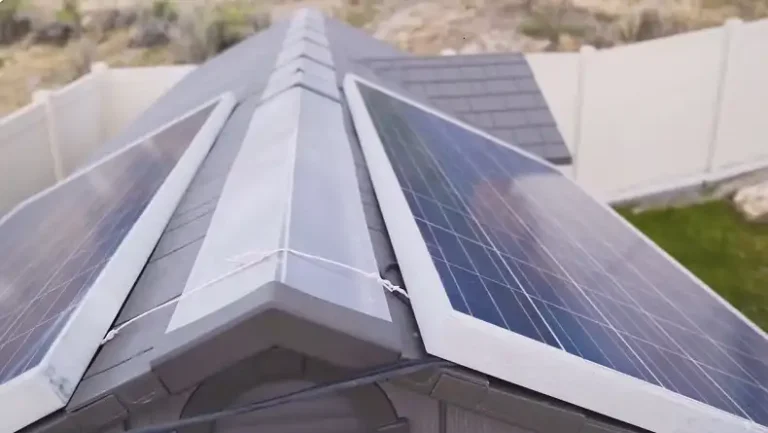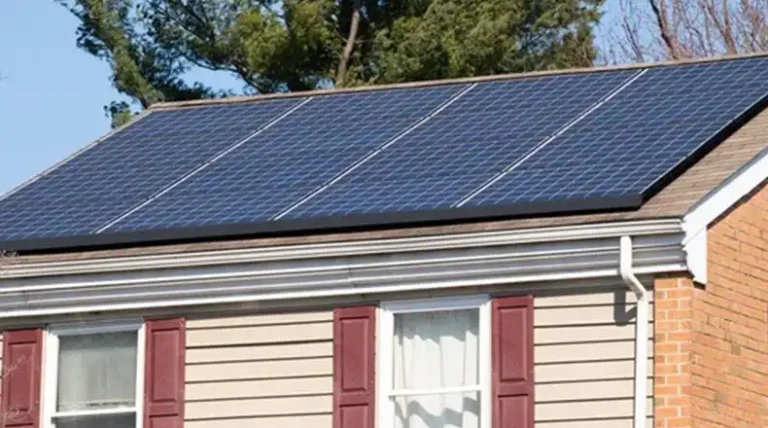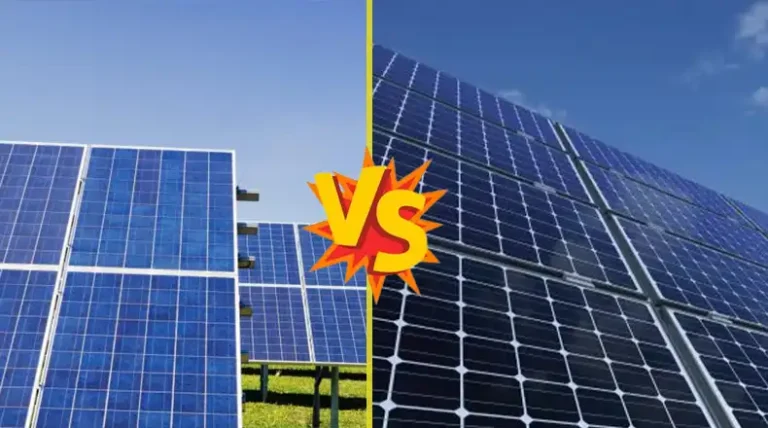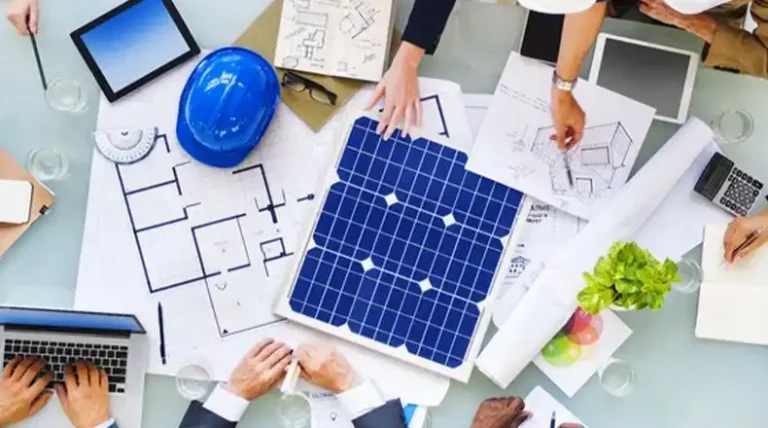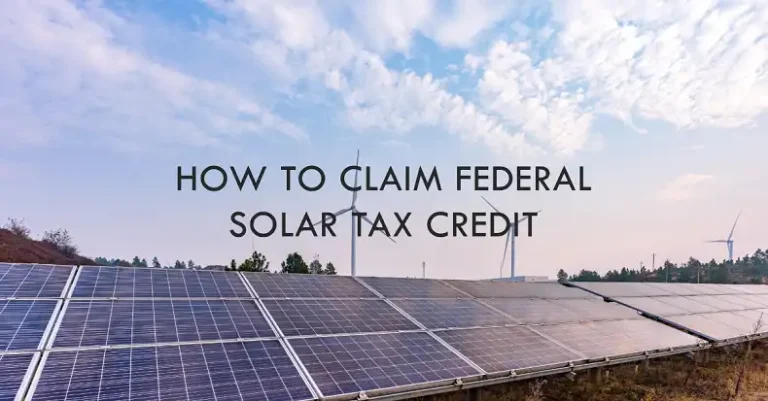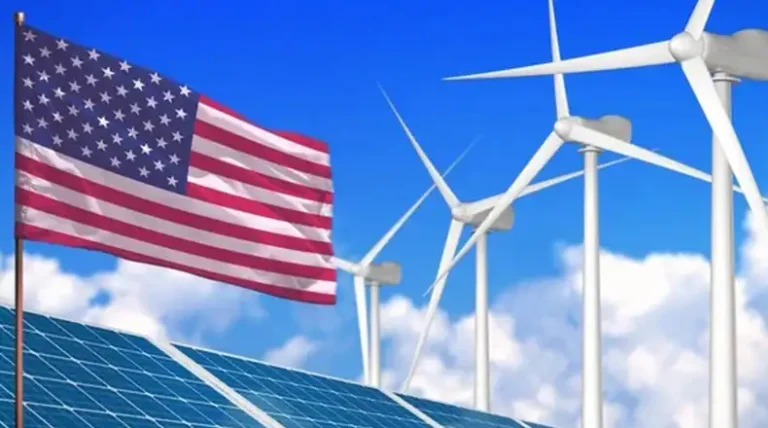Are Higher Watt Solar Panels Better? Explained
Choosing the right solar panels for your energy needs can be a daunting task, especially when it comes to deciding between higher or lower watt options. The truth is, higher watt solar panels can be a good option in some cases, but they aren’t necessarily better for everyone. It all depends on your specific requirements, available space, and budget.
In this article, we’ll explore the advantages and drawbacks of higher watt solar panels, helping you determine if they’re the right fit for your solar energy system. Let’s begin!
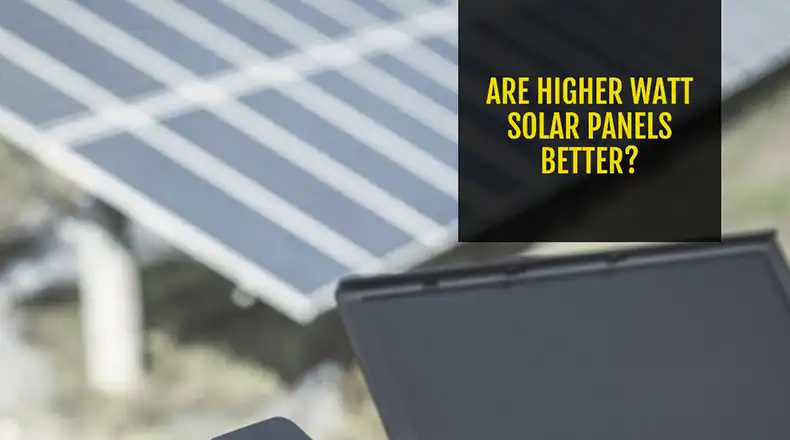
Benefits of Using Higher Watt Solar Panels
Higher watt solar panels offer several advantages that make them an attractive option for both residential and commercial solar installations. Let’s explore these benefits in detail.
Increased Energy Production
The primary benefit of higher watt solar panels is their ability to generate more electricity per panel. With higher wattage ratings, these panels can capture more sunlight and convert it into usable energy, resulting in increased energy production. This means you’ll be able to meet a larger portion of your energy needs with a smaller number of panels, making them an efficient choice for those with high energy demands.
Reduced Number of Panels Required
Since higher watt solar panels produce more energy per unit, you may need fewer panels to meet your energy needs. This can be particularly advantageous in situations where space is limited, such as on residential rooftops or in densely populated areas. By requiring fewer panels, you can maximize the available space and potentially reduce the overall footprint of your solar energy system.
Lower Installation Costs
With fewer panels required, the installation costs can be reduced. Fewer panels mean less hardware, labor, and time required for installation, ultimately lowering the overall cost of your solar energy system. This cost savings can be particularly significant for larger installations, where the number of panels required can quickly add up.
More Efficient use of space
Higher watt solar panels can generate more energy while occupying the same physical footprint as lower-wattage panels. This efficient use of space can be invaluable in areas with limited space or where solar panel real estate is at a premium, such as in urban environments or on commercial rooftops.
Potential for higher returns on investment
By generating more electricity with fewer panels, higher watt solar panels can potentially provide a higher return on investment (ROI) over the lifetime of the system. The increased energy production can lead to faster payback periods and greater long-term savings, making them an attractive option for those looking to maximize their investment in solar energy.
Future-proofing
As energy demands continue to rise, investing in higher watt solar panels can help future-proof your solar energy system. These panels can accommodate potential increases in energy needs without the need for extensive system upgrades or expansions. By installing higher watt panels from the outset, you can ensure that your system has the capacity to meet your evolving energy requirements.
Compatibility with high-power inverters
Many higher watt solar panels are designed to work seamlessly with high-power inverters, which can handle the increased energy output and optimize system performance. This compatibility can lead to more efficient energy conversion and potentially lower energy losses, further enhancing the overall performance of your solar energy system.
Drawbacks of Using Higher Watt Solar Panels
While higher watt solar panels offer several benefits, it’s important to consider their potential drawbacks as well. Let’s explore some of the key challenges and considerations.
Higher Upfront Cost
One of the most significant drawbacks of higher watt solar panels is their higher upfront cost. These panels typically have a higher price tag due to the advanced technology and materials used in their construction. The cost per watt can be higher compared to lower-wattage panels, which can be a barrier for those with limited budgets or looking for more cost-effective solutions.
Increased Weight and Wind Load
Higher watt solar panels tend to be heavier and larger than their lower-wattage counterparts. This increased weight and wind load can place additional strain on the mounting structure and may require reinforcement or specialized mounting systems, adding to the overall installation costs. It’s crucial to ensure that your existing roof or mounting structure can support the added weight and wind load to avoid potential structural issues.
Shading Sensitivity
Higher watt solar panels can be more sensitive to shading, as even partial shading can significantly impact their energy production. This sensitivity means that careful site evaluation and planning are necessary to ensure optimal panel placement and minimize the effects of shading. If your installation site has potential shading issues, such as nearby trees or buildings, lower-wattage panels may be a better option to mitigate the impact of shading.
Compatibility Issues
While many higher watt solar panels are designed to work with high-power inverters, compatibility issues can still arise with older or lower-rated inverters. It’s essential to ensure that your existing equipment is compatible with the higher watt panels or plan for equipment upgrades, which can add to the overall cost. Failure to address compatibility issues can result in system inefficiencies or even damage to the components.
Thermal Management Challenges
Higher watt solar panels can generate more heat due to their increased energy production. Proper thermal management is crucial to prevent overheating and ensure optimal performance and longevity of the panels. This may require additional cooling mechanisms or specialized racking systems, further increasing the overall installation costs and complexity.
Transportation and Handling
The increased weight and size of higher watt solar panels can make transportation and handling more challenging. Special equipment or additional precautions may be required to ensure safe and efficient handling during installation. This can add logistical challenges and potentially increase costs, especially for larger installations or remote locations.
Limited Flexibility
Higher watt solar panels may have less flexibility in terms of installation orientation and tilt angles. This can make it more challenging to optimize their placement for maximum energy production, especially in areas with limited space or irregular roof shapes. Lower-wattage panels may offer more flexibility in terms of installation options, which can be beneficial in certain scenarios.
Potential for Hot Spots
If higher watt solar panels are not properly installed or maintained, they can be prone to the formation of hot spots, which are areas of the panel that generate excessive heat due to localized shading or defects. Hot spots can reduce the panel’s efficiency and potentially cause damage over time, leading to premature degradation and decreased energy production.
Conclusion
As you can see, the decision to opt for higher watt solar panels is not a straightforward one. While they offer significant benefits in terms of energy production and potential cost savings, they also come with their own set of challenges and considerations.
The key is to carefully evaluate your energy needs, available space, budget, and local climate conditions. Don’t hesitate to seek professional advice if you’re unsure about the best path forward. Remember, the goal is to make an informed choice that aligns with your long-term energy goals and ensures a sustainable future.

